CIPAce™ Enterprise Platform is a cloud-based, metadata-driven, low-code, and enterprise-grade software platform. As a comprehensive and versatile technology, it is highly configurable, scalable, and adaptive, serving virtually all types and sizes of organizations in their needs for business process optimization and automation.
The platform offers powerful tools to automate business processes, create a personalized interface, and connect with third-party applications. Our application systems can be customized and equipped with various web-based tools according to our customers’ specific business needs without making source code changes. Our mobile platform allows users to utilize the features deployed in an application system on-the-go and to customize user interface pages for mobile devices.
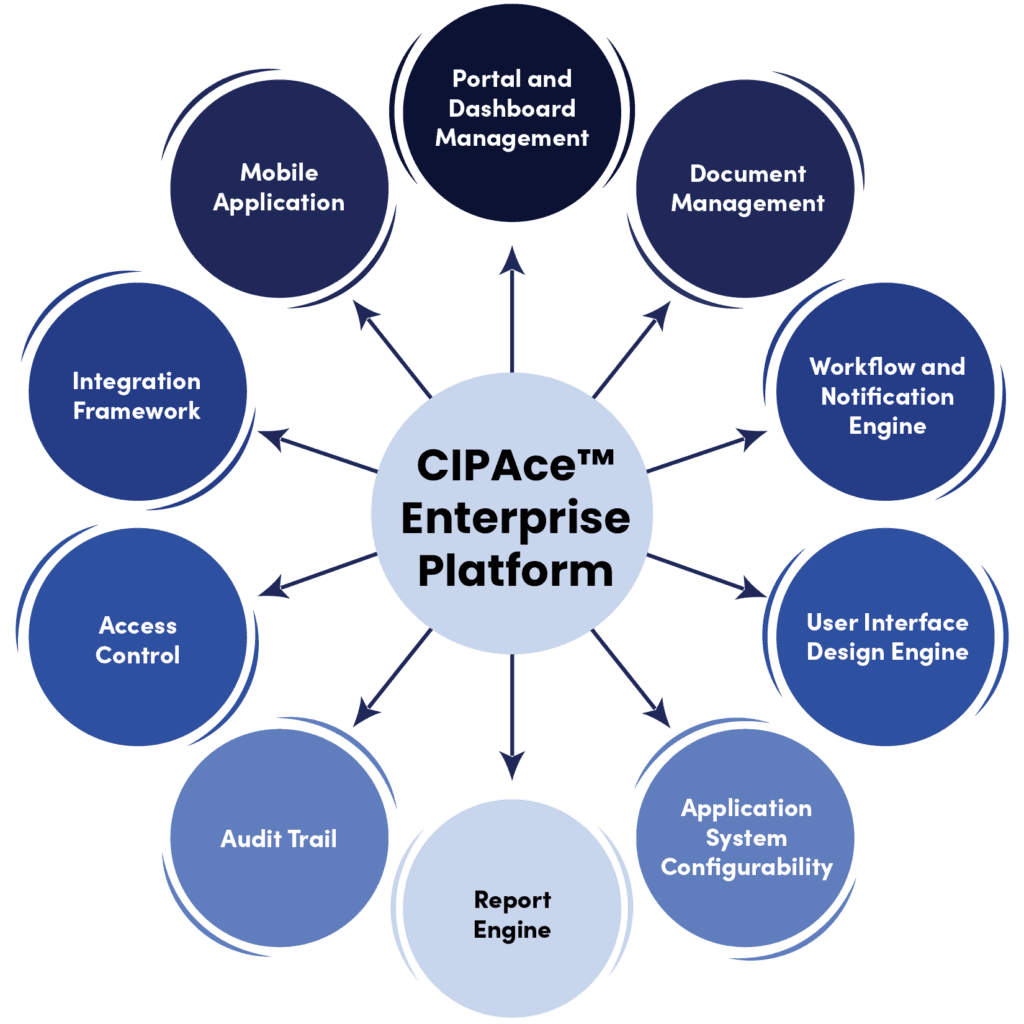
Portal & Dashboard Management
The CIPAce™ Portal and Dashboard Management functions enable users to configure their dashboard display within a single screen upon login according to their needs and preferences. This customization through a web-based designer with an intuitive graphic interface helps users stay informed of the status of all pending and/or upcoming tasks on a real-time basis, and thus enables users to perform daily tasks more efficiently and effectively.
Users in management roles can utilize customizations, such as project overviews, to monitor key or underperforming projects that may need extra attention or guidance. Individual users or user groups can configure their dashboards to consolidate the data, graphic reports, and frequently accessed functionalities based on their needs and/or preferences. The Dashboard Management function can also provide a “health check” on performance measures at a glance using color-coded graphics and buttons with drill-down capabilities.
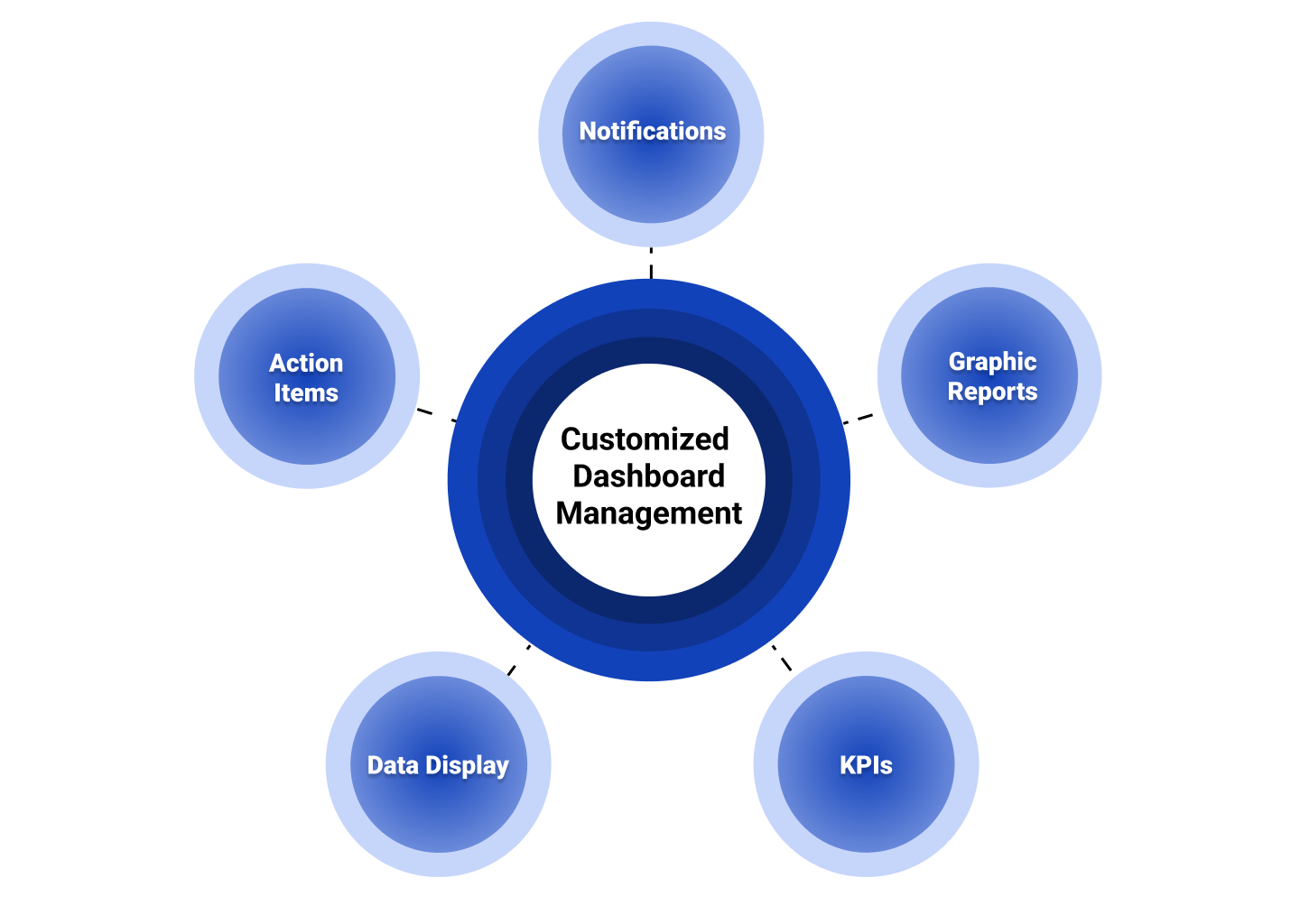
Document Management
CIPAce™ provides a full-feature Document Management system that centralizes electronic storage and control of all business records and activities contained in a client’s CIPAce™ application system. CIPAce™ can also integrate with third-party document management systems to link CIPAce™ entities to external documents contained in third-party software.
The Document Management system enables the following:
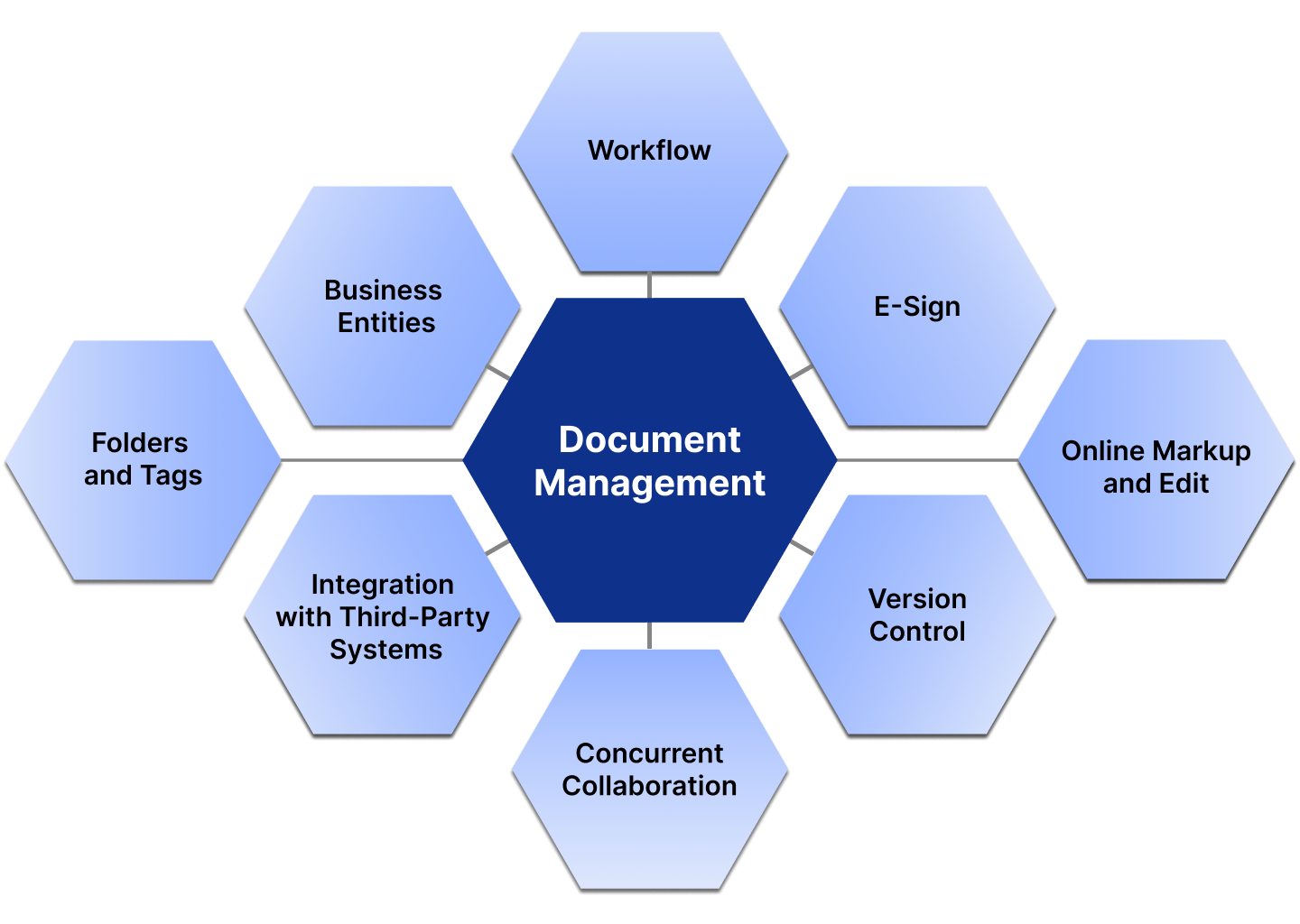
Workflow & Notification Engine
The Workflow and Notification Engine (WNE) is a robust and versatile tool that can be applied to most, if not all, business processes within an organization. It enables effective deployment of customized workflows that can significantly improve productivity by automating all multi-party/interdepartmental work activities that can be standardized and automated.
WNE capabilities include the following:
Through validation criteria that are pre-defined and built-in an application system, the Workflow Engine performs all required validations on users’ entries before enabling the start and/or continuation of a given workflow. Workflow Log records the activities and data transformations along each step of a given workflow.
The Workflow and Notification Engine can be used to standardize and manage all types of routine activities across a broad range of business processes – including proposals; project scoping, ranking, and funding; RFP and solicitations; cost estimates; budgets; contracts; purchase orders; invoices; design and construction submittals; RFIs and change orders; as well as interdepartmental reviews and approvals. In addition, customers can use workflow summaries and transaction-level data to perform audits and assess the need for process improvements.
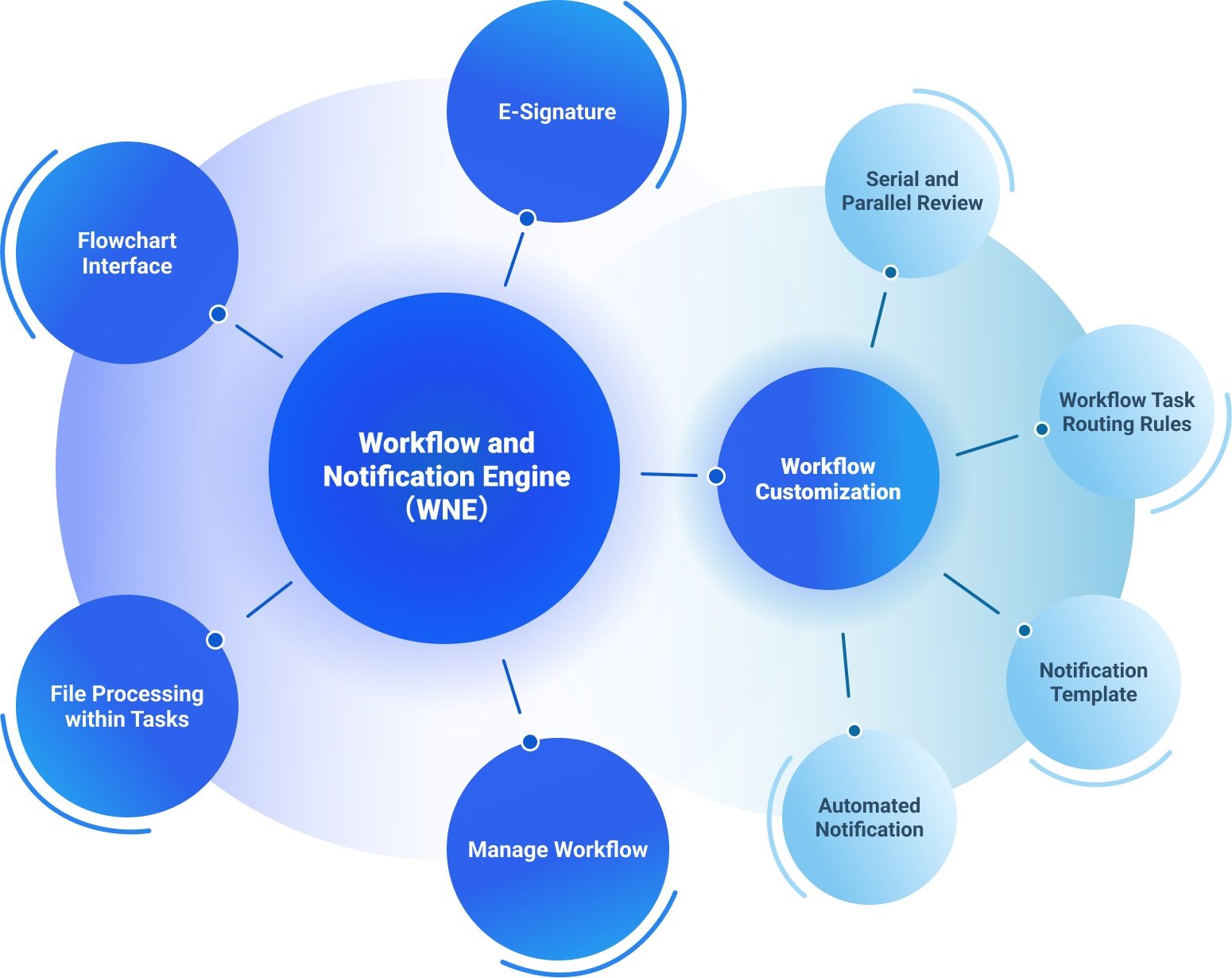

User Interface Design Engine
CIPAce™ application system user interfaces are rendered using Dynamic Form and Metadata Management foundations. Interface elements and their descriptions are stored in the database and displayed accordingly. User interface descriptions can be changed at any time because they are not hard-coded into the system, enabling easy customization to most application system pages.
Some examples include the following:

Application System Configurability
As the essential component of CIPAce™ Technology, CIPAce™ Core Engine functions like a bundle of system building blocks that can be assembled per customers’ specific requirements, thereby offering abundant flexibility in the development of an application system tailored to a client’s unique business needs. CIPAce™ Core Engine enables powerful configurability, scalability, and adaptability, as well as system security and integration capabilities, which are essential to serving today’s ever-changing and fast-paced business environment.
The Core Engine capabilities for comprehensive configurability include the following:

Report Engine
The CIPAce™ Report Engine provides a wealth of standard and customizable reporting capabilities that allow users to access virtually every data element contained in the database of a given CIPAce™ application system. The Report Engine plays a pivotal role in enabling decision support, performance measurement, accountability, and transparency. It can create three different types of reports: Standard, Custom, and Analytic.
The CIPAce™ Standard Reports are readily available for use immediately upon an application system installation. The Standard Reports can be designed and modified according to user-specific needs, and the reports may be produced in a variety of file formats, such as Crystal Report, PDF, Word, and Excel. New reports can also be added to the report library to meet customers’ dynamic business needs.
The CIPAce™ Custom Reports module is a web-based report design tool that empowers users to develop fully customizable reports. Users can query and extract data from the underlying database via a web-based query feature or SQL store procedure. Custom Reports may be saved and published to the main application and can be viewed online or subscribed to per a pre-defined schedule. Data sources may be formatted into a report-by-report generation tool, such as Crystal Report or Excel.
The CIPAce™ Analytic Reports module empowers users to cut across clusters of plain data to gain insight into the strategic and operational perspectives of capital programs and projects on a real-time basis. This module utilizes an intuitive web-based design interface to create a graphic representation of summary data and scorecards with drill-down capabilities.
Audit Trail
The CIPAce™ Audit Trail Engine keeps a timeline of changes made to business records and administrative activities contained in the system at both transaction and management levels. It captures the details of each transaction, such as changes made to data values, timestamps of the changes, and the user who made the change. The Audit Trail Engine also tracks any changes made to a project in terms of team composition, project details, and project scope. On the administrative side, it can monitor user behavior as well as any changes made to users and vendors, users’ access permissions, etc. Thus, the Audit Trail Engine provides a complete log of changes and serves as a useful tool in project management.
We invest heavily in the CIPAce™ Audit Trail Engine, as it is integral to our cloud-based computing space. Its capabilities can crucially assist with compliance, litigation, troubleshooting, transaction integrity, intrusion detection, activity forensics, as well as analyses on system usage and operations.
The robust Audit Trail capabilities include the following:

Access Control
Using the CIPAce™ Access Control module, administrators can set up complex user access scenarios to fit their organization’s needs and preferences. Our rule-based access control design approach offers great flexibility in configuring users’ system access based on a variety of circumstances.
Some examples include the following:
Integrated Framework
The CIPAce™ Integrated Framework enables user-defined integrations with any third-party software applications using the CIPAce™ Web Application Program Interface (API). The framework enables two-way integrations with many types of third-party systems and removes the complexities typically associated with data exchange across different systems and platforms.
The CIPPlanner team actively engages with technology and industry partners, such as Microsoft, Oracle, Tyler Technologies, ESRI, and Laserfiche, to facilitate native data integration with leading financial, database, project management, and geographical information systems, as well as various third-party project design and construction management tools/products.
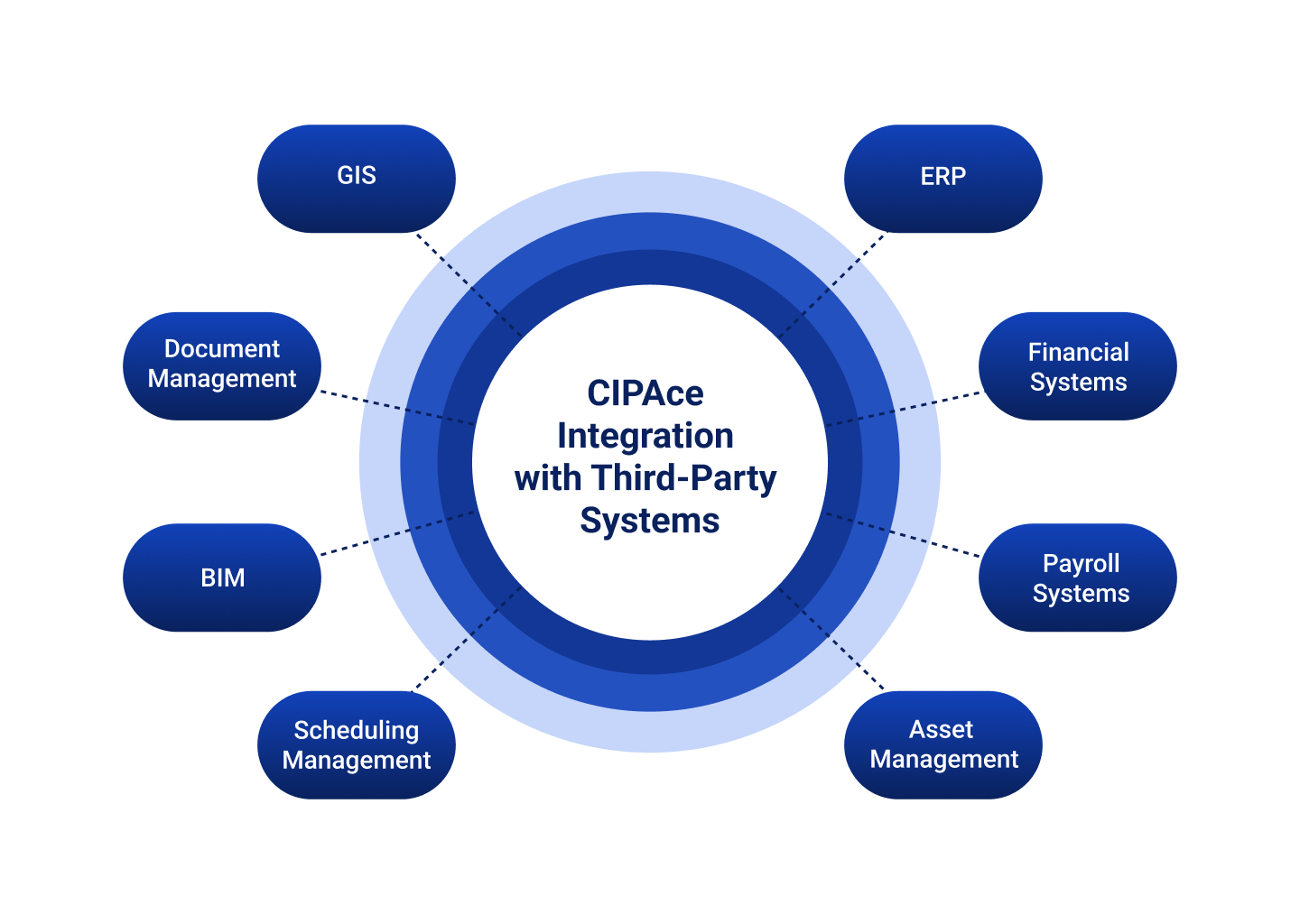
Mobile Application
The CIPAce™ Mobile Application was developed for users’ productivity on-the-go. It is designed and optimized for a variety of touchscreen-enabled mobile devices that can be easily used in challenging environments, such as a noisy construction site with poor network connectivity.
The CIPAceTM Mobile Application offers powerful integration to capture data seamlessly through mobile devices, including cell phones, tablets, iPads, and Cloud dashboard with the latest graphic reports and data analytics, allowing 24/7 access from wherever and whenever needed.
Simple Solutions to Complex Challenges
Manage Key Tasks from the Field
Includes inspection, field change, management processes, site walk, drawing review, and project close out processes
Stores All Information into One Database
Data availability and consistency provides solid management foundation when needing to access or change information on-the-go
Integration with Other Solutions
Capable of accessing data that is pulled from third-party systems, once system integration has been setup
Maximize Visibility
Powerful reporting capabilities support instant evaluation of contractor performance, enabling staff to act on potential issues before it is too late
No Coding
Software can be easily tailored to your organization’s desired workflow processes, data tracking needs and naming conventions, without programming
Quick & Easy Automation
Data just needs to be entered once and can then be reused in all subsequent processes and accessed from different device types, such as a mobile device or tablet
Access All You Need On-The-Go
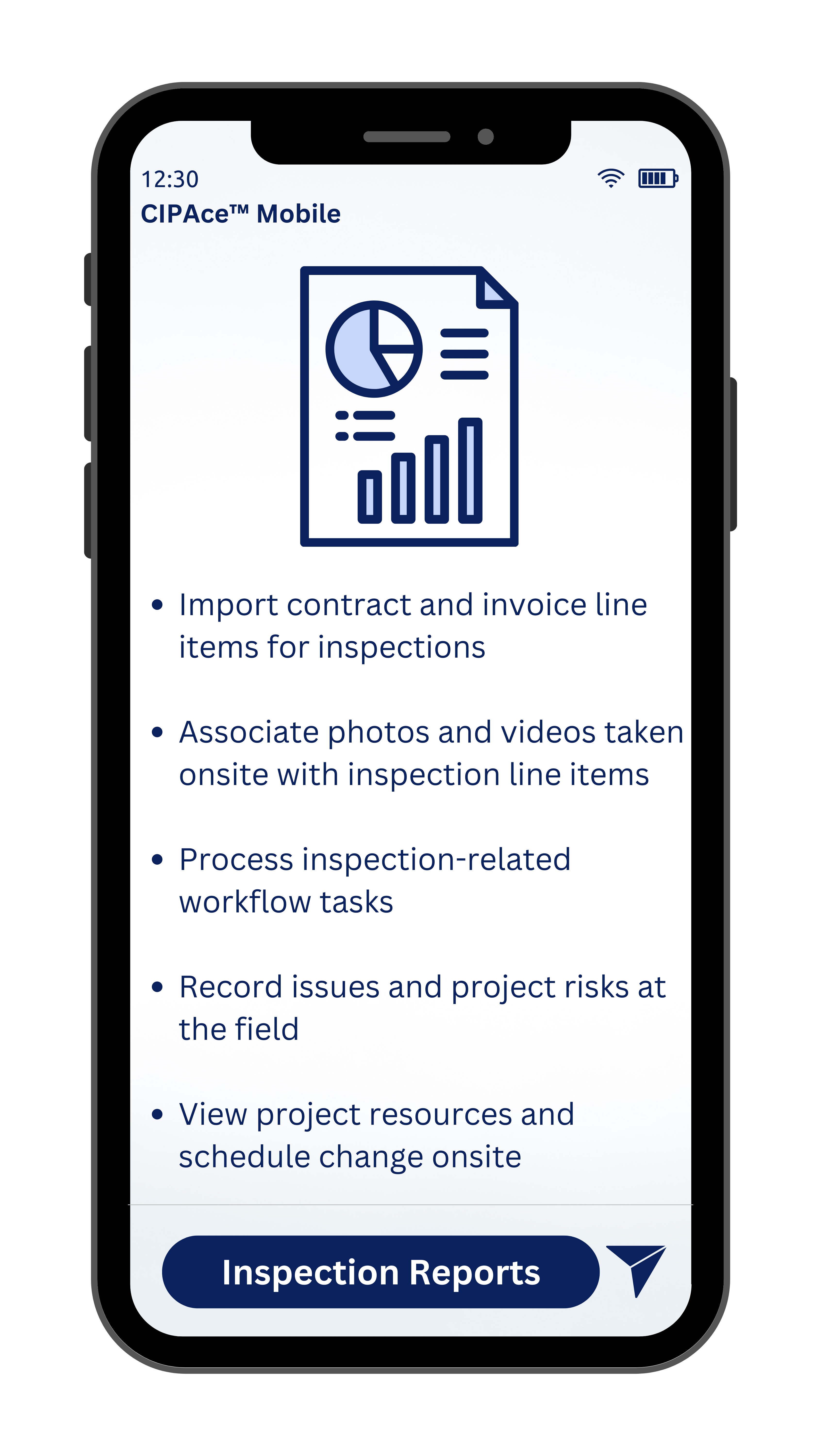


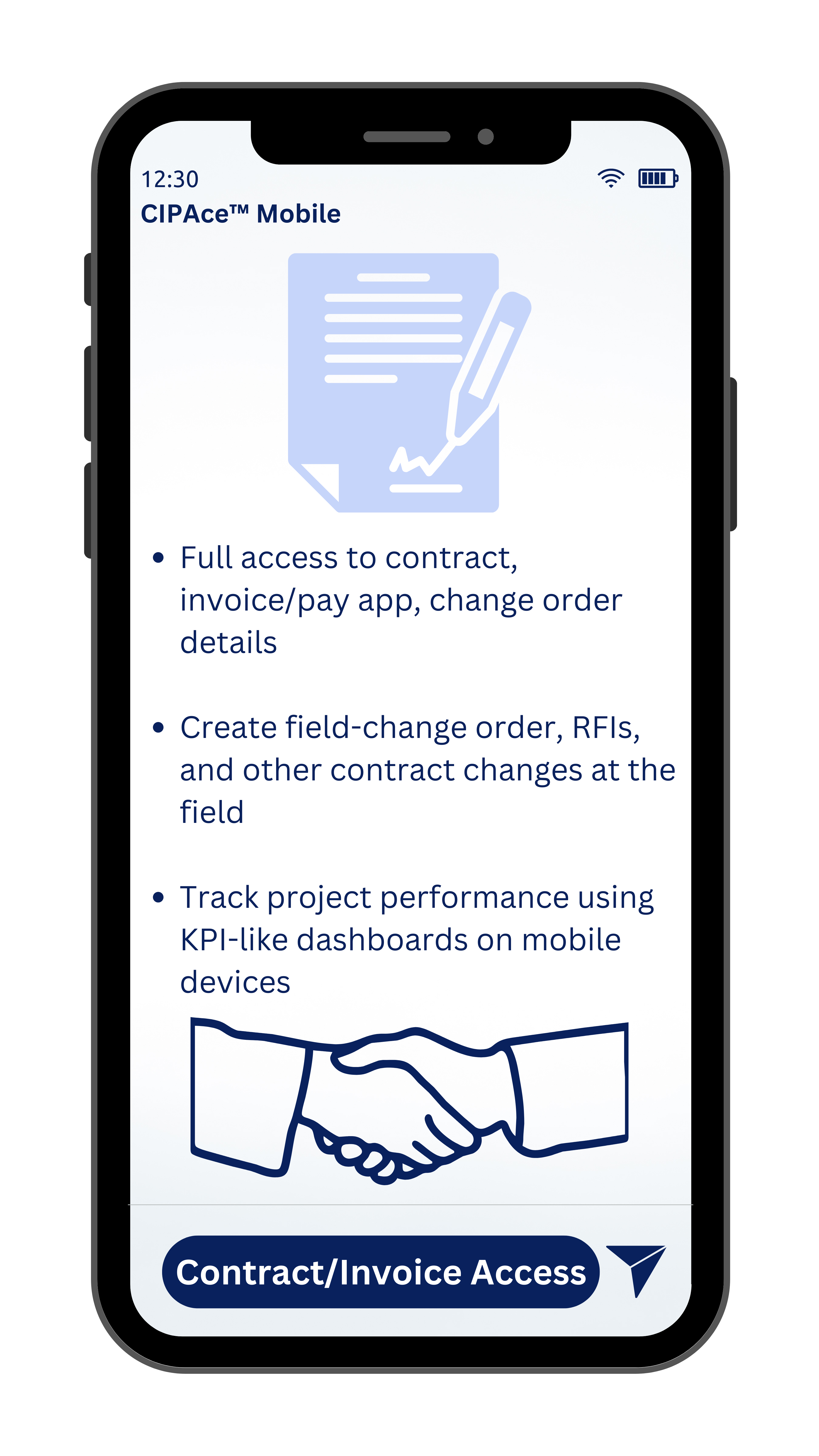
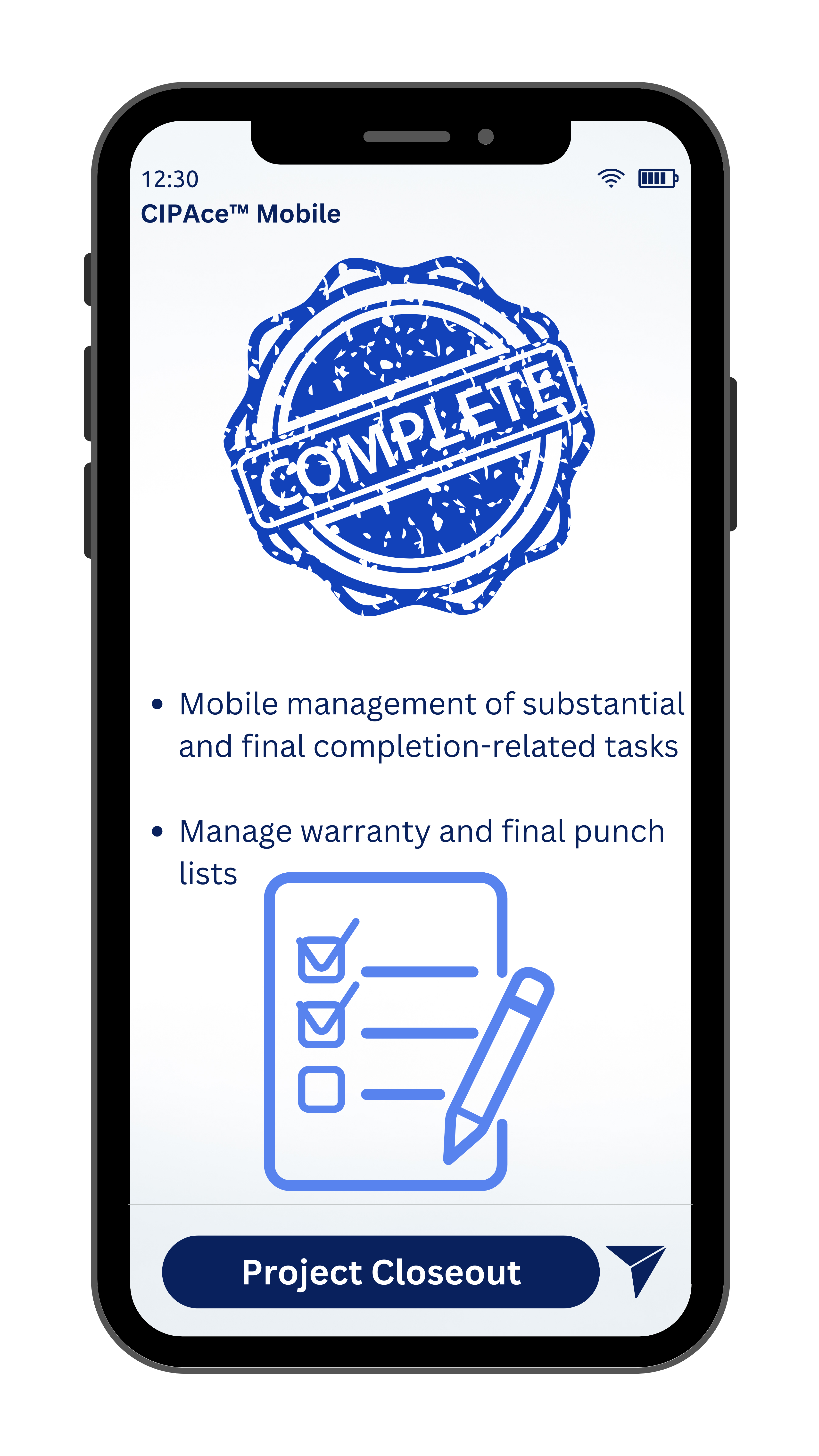
Desktop Features, Without a Desktop
Our solution Core Capabilities are powered by a layer of system building blocks that services both desktop and mobile devices that provide necessary functionalities to support every step of the project management process. These modules can be accessed not only on a desktop, but also in a mobile environments, making it easier for you to have access to all information, on-site!
You must be logged in to post a comment.